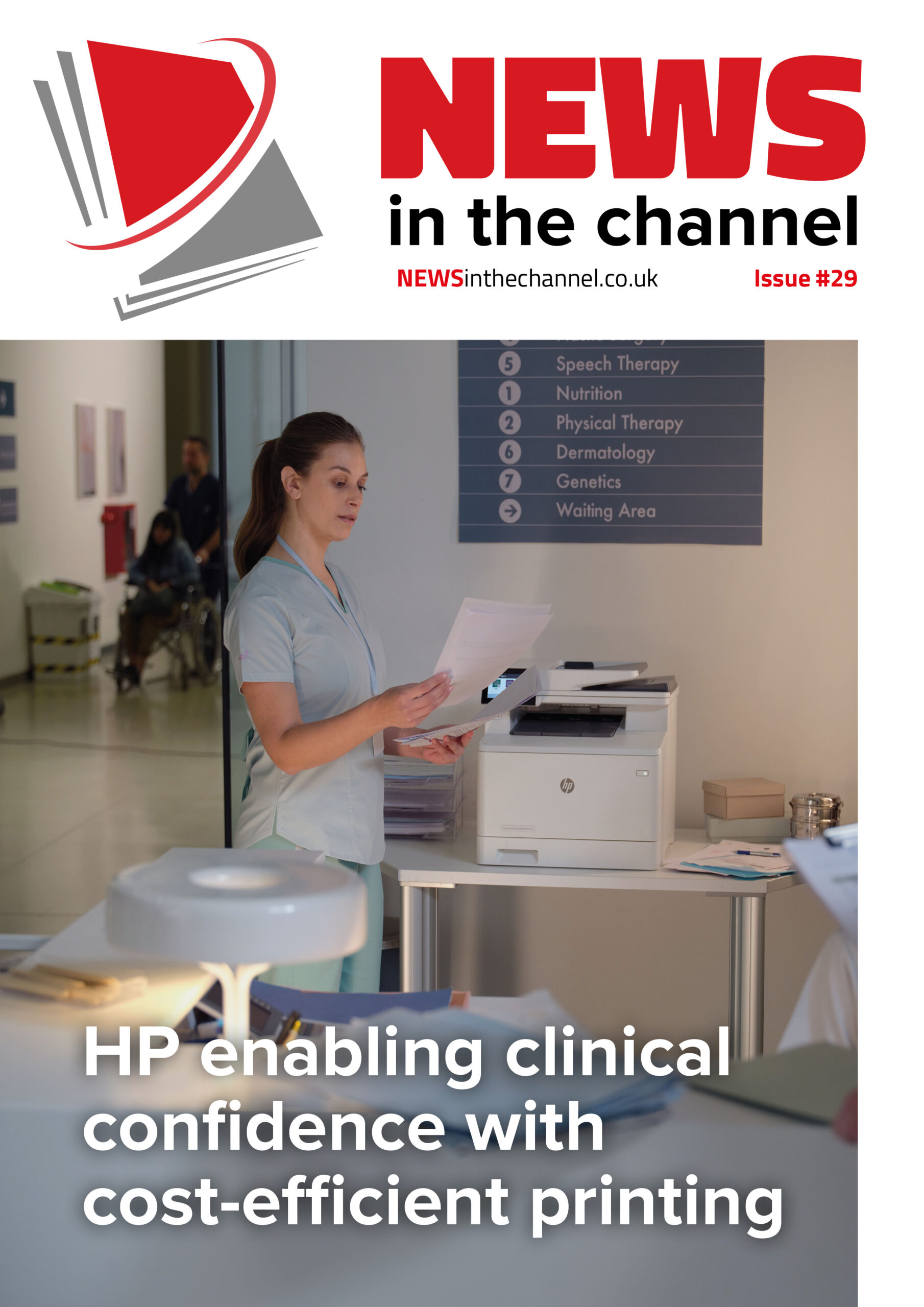Much like a lot of the world, data is the key to success.
Coming into land at Amsterdam Airport you get a great view of the city that holds so much culture, depravity and weed.
Sat among stags excited for the weekend, was me, looking out the window, and trying to remember the last time I visited such a beautiful city. Obviously, I was making the trip for a different reason. I was on my way to pay Omron a visit.
While enterprises have been getting to grips with AI, factories around the world have started to lag behind, as machinery designed with one purpose, making stuff, is being asked to produce data as well as products.
Omron Industrial Automation appears to believe they have revolutionised the modern factory, enabling owners to maintain a tighter grip on quality. As a result, the business has gone on tour, with a Flexible Manufacturing Roadshow, a trip through Europe highlighting the innovation happening on the factory floor, as the name suggests.
During the roadshow, News in the Channel sat down with Tim Foreman, OMRON Europe’s R&D manager and AI expert, who says that these ageing factories hold technologies that did not have data processing and artificial intelligence in mind.
“Many of the existing factories were not designed with data and artificial intelligence in mind, they were designed to manufacture things as quickly as possible,” says Tim. “Gathering digital information for additional insight was never considered.
“That means that many machines either don’t have the information or they don’t have complete information. Especially with factories or machines that were never designed with this purpose in mind, they can act as a bottleneck for projects which are stopped because they cannot get through this cleaning data phase and it is too much effort to clean the data or it’s unclear where the data is coming from.”
Copy and pasting
Tim illustrated the point by describing a scenario where circuit boards were failing quality checks within their own factory.
“We manufacture electronics, which typically starts with an empty green card with gold packs on it where the components will be soldered on,” he says. “The first step is to put solder paste to solder components on top of it.
“In many factories, including our own, there is a visual machine that checks if the paste has been applied properly before it goes to the next phase where components are put on the base. If there are one or two pads that are not okay, it will still continue. But if there are three boards in a row that have a red mark, the machine stops and engineers are called in because there’s a problem and the line is stopping.
“Ten years ago this optical machine was considered very intelligent because it could check a whole board with thousands of pads in a few seconds, but the user interface is poor because it only shows the result of the last board, it doesn’t show any history, so when the process engineer comes around again, the only thing he can see is the result of the last board.”
Starting the journey
Given a scenario of a machine that can’t show engineers patterns, an easier option on paper would have been to invest in a new device that could highlight where consistent faults were occurring.
Instead, Omron added a second screen that could show a list of quality checks, colour-coded to red yellow and green to show how the machine is performing, along with a heat map of the boards to demonstrate where products are failing.
This end game is naturally what a lot of factory owners will be after, but while finding these problems can be a saving grace, starting the journey is often the biggest hurdle.
“Of course, every factory wants to optimise the uptime of the factory, the quality of the products, maximise the resources, and avoid waste but the primary target is always to first be predictable,” Tim says.
“In the process of becoming more predictable, it means you also need to improve things. A part of that solution can be to digitise the information that is generated on the factory floor and to have digital information available. With that information, businesses can get insight.
“That is the first step: what do you want to achieve? And how can you get insight into what’s going on? Only after that, you might be able to share recommendations, from human to human or in the next step, maybe even automated recommendations.”
The right focus
Underlying the tour was a focus on data. Without the necessary information, the right decision won’t be made, be it by a human or machine. Tim says this is a key to any journey towards automation.
“What I say to customers is we can help you but we cannot start with something like predictive maintenance. We have to go two steps back and start looking at the data that’s coming out of the machine together.
“From there we can see if there is enough data to start a journey together, and whether there are motivated people available within the organisation who understand what a successful project looks like. This is because adding data science or AI to a factory doesn’t work without involving the people who understand the factory.
“From there we will move to the next phase, recording data and observing what the machine is doing before diving into predictive maintenance. So as you can see, once businesses start to pull out meaningful data and present it in the correct way, the floor workers can use it to make the factory run more efficiently.”











